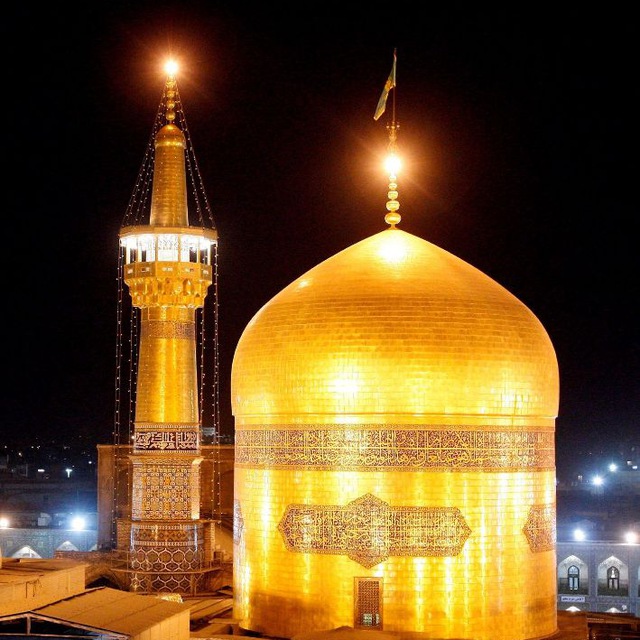(fourth part)
With the emergence of various types of architectural competitions that followed the “architect” model, whose leadership did not necessarily show a sign of the obsessions of the architect magazine, the recognition of “correct and logical” projects instead of “questioning and experimental” projects is more and more became the dominant trend. The construction market had become familiar with new formats and standards that were responsive and did not see much need to change them. This frequent valuing of “perfectly built” on the one hand and architects’ desire for market share on the other hand, caused this type of project to become a model among architects, a situation was created where the competition is only focused on the construction of projects and not benefit. Each project of “idea” and fighting to put the idea of each of them on the ground.
In addition to these issues, the frequent and sermon-like discussions about “good” architecture and the ideological reading of architectural ethics – which calls and condemns any progress and daring as showing off and selfishness – have narrowed the field for architectural experimental movements and experiments, and this issue It led to the spread of a kind of indifference towards the leading architecture in the second half of the nineties.
In other words, although this view in its early stages was able to help change the taste of the market and push it towards spatial, stylistic and aesthetic qualities, in a broader horizon, we see this challenging interaction with the market, at the same time raising architecture as a practice and lowering architecture. It was like a wish and it led to the fall of the wish and alignment with the action: the architects were more or less satisfied with this victory and saw no need to generate ideas to question, challenge and advance the “new status quo”.
In the meantime, the multitude of Instagram pages that republish projects and their replacement as the main media of information exchange and the reduction of architectural projects to a few images – which should also be quickly passed over – canceled the same criterion of not being wrong for well-built projects. And practically, these small and numerous media, without being equipped with a visionary point of view audit, paid massively to the reproduction of construction-oriented projects with – very different degrees of quality – and this quantitative increase of images, when the desire and ability to create brave projects decreased, It was experimental and idea-oriented, adding to the mediumness and practicality of the space.
It seems that in the new status quo where practice is emptied of any aspirations and new aspirations must be born and question established solutions in a variety of ways, reference institutions can play a much more sensitive role in valuing experimental projects and creating an arena for new thinking. , be radical and victorious. In the economic and political conditions and the tense situation of Iran today, which has made daily life the main feature of our activities, we need institutions that create a new range of education, conversation and writing. Trade or educational, private or government institutions that establish new types of media, exhibitions, correspondence and architectural competitions about idea-oriented and experimental projects. Exhibitions and competitions that are more than the issue of being built or not, having an idea
This post is written by Archiiiitecture
